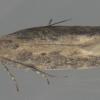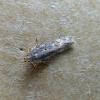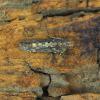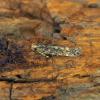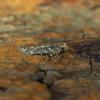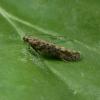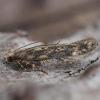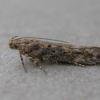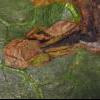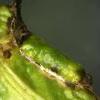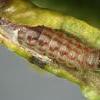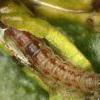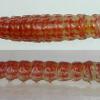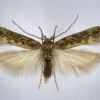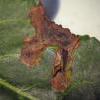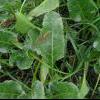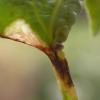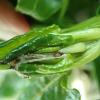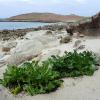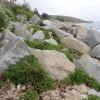35.118 Scrobipalpa ocellatella (Boyd, 1858)
Status and Distribution
Until 2020, known only as a local and predominantly coastal species of southern England from Suffolk round to Cornwall, Scilly Isles and Channel Islands; rare in south west Wales and single records from north Somerset and the south coast of Ireland. Most inland records were considered as probable wanderers from nearby coastal habitats. One in Farley, south Wiltshire on 25th September 2019 was considered, at the time, as one such moth. However, subsequent inland records in 2020 suggest this may have been a harbinger of things to come.
On 15th September 2020 a notable influx was reported in Bedfordshire and, to a lesser extent, in Huntingdonshire. Further records in 2021 in Suffolk and a few in Cambridgeshire indicated the possible establishment of inland breeding populations.
Reports received during 2022 have now confirmed there was a significant eruption and expansion of range of this species across swathes of England and further afield. At present it is uncertain if this was fed by migration from the continent or solely suitable breeding conditions on sugar beet crops in south and south east England (or perhaps both). Certainly reports of larvae in considerable numbers at some sites were received. The Sugar Beet Industry sent out a warning to farmers to be on the look out for larval feeding and it was, apparently, a significant problem at some sites. The subsequent dispersal, during August and September, was rapid and over considerable distances with reports from as far west as Devon in South-west England, Carmarthenshire and Powys in Wales, Lancashire in North-west England and, in Scotland, from East Lothian, Kincardineshire and in Shetland. The last involved two at light in Wiltrow, mainland Shetland on 18th July 2022.
The Gelechiid Recording Scheme would welcome receiving reports of this species from areas not shown on the current distribution map.
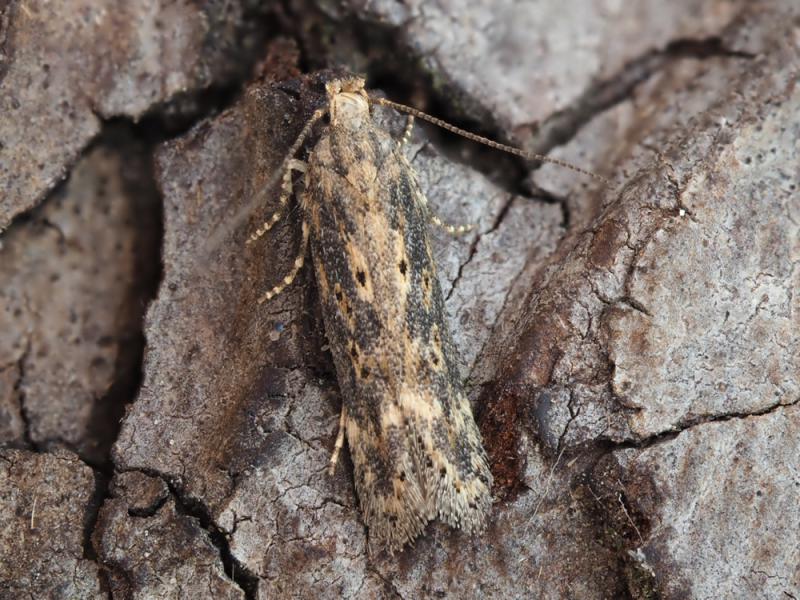
Provisional map
Foodplant and Larval Feeding Signs
Beta vulgaris ssp. maritima, (sea beet), see plant distribution map.
In Europe it has been reported as a pest species on cultivated forms of Beta vulgaris and there are some records of it using Atriplex portulacoides (sea-purslane), Suaeda maritima (annual sea-blite), Suaeda vera (shrubby sea-blite), Salicornia europaea (common glasswort) and Camphorosma monspeliaca. In north-western Europe the species distribution is reported as coastal but in an almost non-saline environment at the edge of dunes, suggesting the plants above which generally occur in more saline situations may be unsuitabe for the moth in Britain.
On the buds and stems and in spun and mined leaves.
Habitat
Vegetated coastal shingle and the uppermost parts of salt-marshes. Found on several occasions at inland sites, at most a few kilometres from the coast, where it is considered to be a wanderer from coastal areas. One site in Essex recorded the moth in small numbers for four consecutive years about 15km from the nearest suitable estuarine habitat suggesting localised inland breeding may have occured.
Finding the Moth
Larva: feeds in buds and stems and in spun or mined leaves with a preference for plants in the open; the larval spinnings can be very untidy. Has been found overwintering in a curled leaf edge in February. In Europe the early feeding is described as feeding in mines in the midrib.
Adult: flies amongst the foodplant and comes to light. One was attracted to a pheromone lure for a tortricid species in October 2022.
Similar Species
Said to be one of the more distinctive coastal species when the specimen displays the prominent angled fascia at three quarters on the forewing and dark markings contrasting with the surrounding paler ground colour. In Europe it can be quite variable and the feature of the warm brown patch between the tornus and the middle of the wing is given as a useful identification feature. Some forms approach S. atriplicella but usually the stigmata and other darker markings contrast more with the ground colour. Some forms of S. instabilella are similar but this species appears darker overall and similar forms of S. nitentella are generally greyer in coloration.
In view of the potential pitfalls, caution is suggested and if there is any doubt, dissection is recommended. For example, a rather small and pale Museum specimen collected by an experienced recorder in 1970 and labelled as S. ocellatella proved, on dissection, to be S. nitentella.
Double brooded with the first appearing from mid-May to the end of June and the second larger brood from late July to the end of September. Has been recorded on various dates throughout July in small numbers indicating the timing of each brood may vary according to the season.
Earliest: 17th May 2007 (VC11)
Latest: 1st October 2009 (VC14) and a very late confirmed record on 11th November 2015 (VC25)

